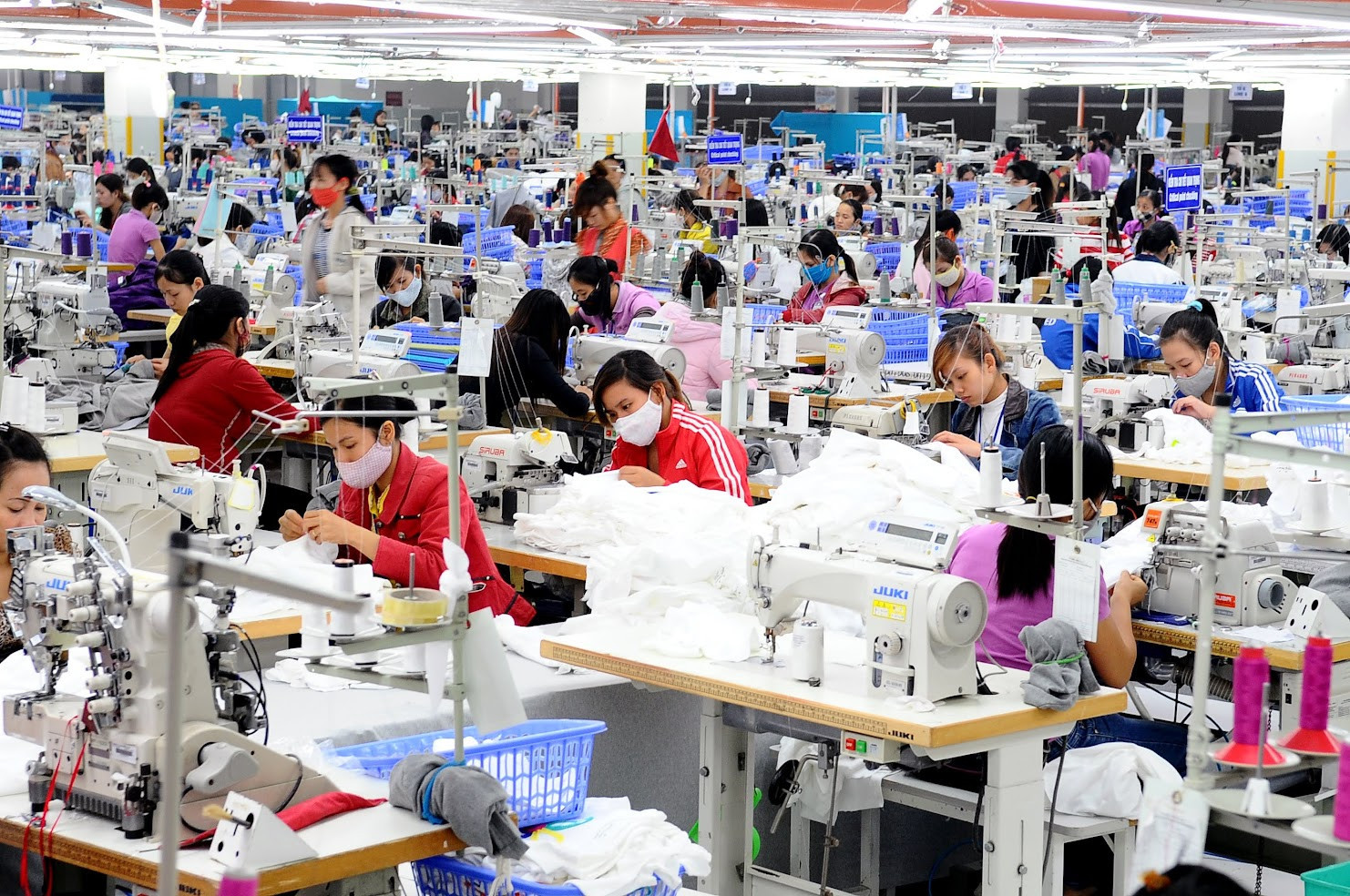
Le Quoc Phuong, an economist, and former deputy director of the Vietnam Industry and Trade Information Center, talked with VietNamNet about exporters' and enterprises’ need for orders.
Some of Vietnam’s key industries such as textile and garment, footwear, woodwork and seafood have reported sharp falls in orders from foreign partners. Is this a surprise to you?
No, the decrease was not a surprise at all because the signs of uncertainty in the world economy began in mid-2022.
Vietnam’s exports to the US, our leading export market, began decreasing in the fourth quarter of 2022. Export turnover to the US saw the sharpest fall in the first quarter of 2023, according to the General Statistics Office (GSO), by 21.6 percent compared with the same period last year.
In the history of Vietnam-US trade, Vietnam has never seen such a sharp fall in export turnover.
The surprise was the sharp decrease of 11.7 percent compared with the same period last year.
Will the shortage of orders have a negative impact on Vietnam, an economy with high openness?
Vietnam began its doi moi (renovation) in 1986, and since then exports have been one of the major driving forces of economic growth.
From 1987 to 2022, after 35 years of doi moi, Vietnam only witnessed minus growth in one year, 2009 (- 9.7 percent) because of the world recession in 2008-2009. It also saw low export growth rates (1-3 percent) in 1998 and 2001 because of the Asian economic crisis in 1997-1998.
Meanwhile, in the remaining years, Vietnam gained high export growth rates of 22-23 percent per annum, and was among the economies with the highest export growth rates in the world.
However, export turnover in the first quarter of 2023 dropped by 12 percent, which was why the GDP growth rate in the quarter was just 3 percent, a very low growth rate for the last 12 years, just higher than the growth rate of the first quarter in 2020 (3.21 percent), when the Covid-19 pandemic broke out.
Worryingly, not only exports, but imports also decreased in the first quarter, by 14.7 percent. This is a big problem if noting that 90 percent of Vietnam’s import turnover consists of input materials and machines for domestic production.
Vietnam’s exports now have to compete more fiercely with competitors. Could you please tell us your views about the pressure from the competition?
Competition is unavoidable as Vietnam integrates more deeply into the world market and Vietnam’s products reach every corner of the world. We have no other choice than to accept the competition in the home market and the world market. Products made by Vietnam also can be made by other countries.
Vietnam’s textiles and garments are exported to the US and EU, where they have to compete with Indian, Bangladeshi and Pakistani products. In ASEAN, Vietnam has to compete with Cambodia, Indonesia, Malaysia, the Philippines and Thailand.
In the seafood sector, we have to compete with China and India. As for footwear, China is a big rival.
The most important thing we have to do is win the competition.
What do you think are feasible solutions to help key industries overcome difficulties while waiting for world demand to recover?
First of all, it is necessary to exploit free trade agreements (FTAs). Vietnam is now a member of 16 FTAs, leading ASEAN in the number of agreements and coverage. In fact, opportunities brought by FTAs still have not been exploited well by Vietnam’s businesses.
Vietnam still relies heavily on some markets and some products. It would be better to diversify products and expand markets to Southwest Asia, South America and Eastern Europe. These are markets with potential.
The other solution is that we need to stimulate domestic demand. Many other countries that consider exports as a driving force for growth also follow a policy on boosting domestic consumption. The domestic market has 100 million consumers and purchasing power has improved considerably.
Can you see any positive factors in the time to come?
Inflation in many countries, including in the US, has decreased since the second quarter because of energy and food prices. In Europe, the monetary tightening policy has been eased.
Meanwhile, China has given up its zero Covid policy. It is the largest farm produce trade partner of Vietnam.
Dan Thanh